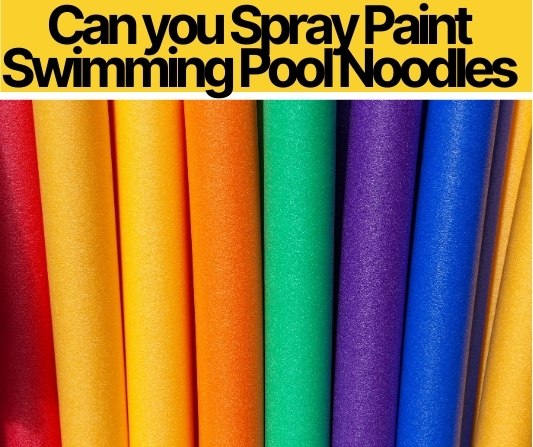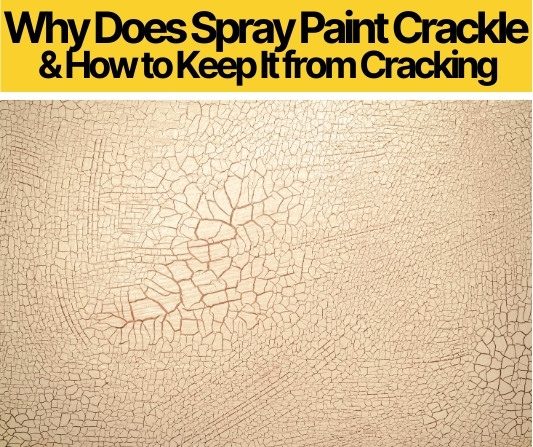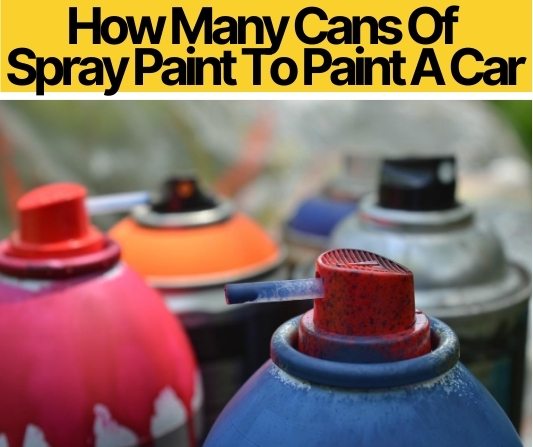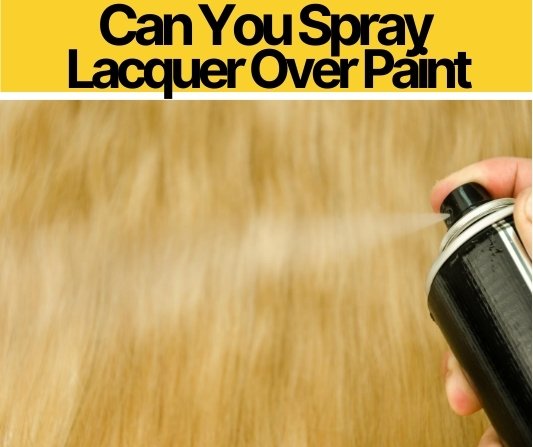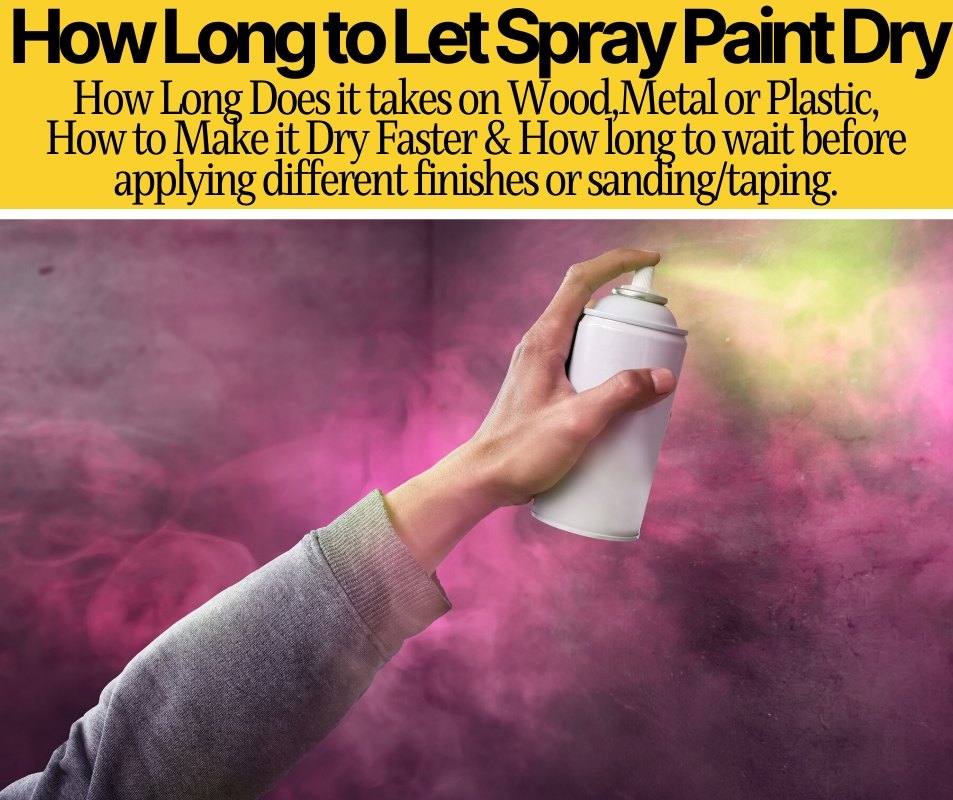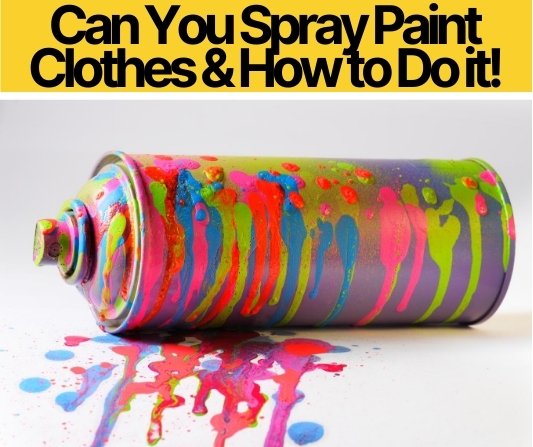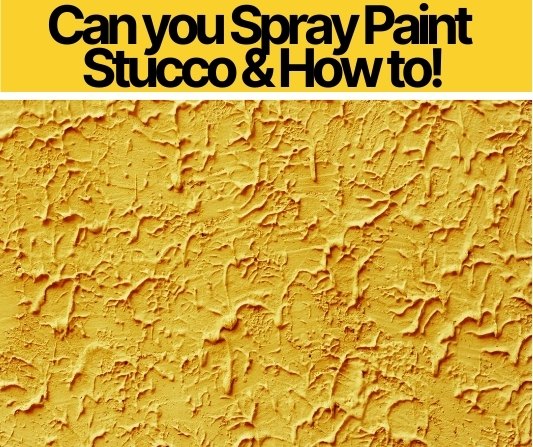 New to painting your house for the first time? Can’t wait to show off your neighbors your piece of art?
New to painting your house for the first time? Can’t wait to show off your neighbors your piece of art?
Don’t want to waste money hiring other people to do a simple job?
In this article, I will walk you through the steps of painting your home if it is made out of stucco and trust me you’re gonna enjoy this process after reading about it
Can you spray paint stucco?
You can spray paint stucco and in fact, it is better to spray paint stucco rather than using a brush as you’re gonna have a lot of surface area to cover.
What in the world is stucco you might ask? Stucco is a special type of cement, it has cement inside but it is not only just cement (there is also sand and water included too). Stucco is normally used to reinforce the exterior of homes and ceilings. They carry a lot of benefits like being resistant to fires, long lasting durability, and you do not have to maintain it that often.
Stucco also keeps the temperature inside of your home intact. Like how all materials in this world will eventually begin to deteriorate, stucco begins to form hard cracks. From a design standpoint, you’re going to cringe once you see any imperfections on the walls. However, you should not bother to fix every hairline crack because those can easily be filled in with good quality paint. The cracks that are the size of a boulder are the ones you should worry about. Those will require preparation of stucco before you can paint over it but don’t worry that’s what we’re here to teach you.

What kind of spray paint do you use on stucco
Paints that are generally specialized for stucco will work the best in this scenario. Usually, this will be acrylic latex-based paints. The reason is that latex paint is easy to clean as all you need is soap and water. Acrylic latex paint offers a very good looking gloss finish, the color retention is astronomical, and when doing big projects the drying time is very fast compared to other types of paint. Any other type of paint might not adhere to the stucco as well as acrylic paint.
Do you need special paint for stucco?
There are three recommended types of paint for stucco and they are acrylic paint, masonry paint, or elastomeric type of paint. There are pros and cons to whatever type of paint you use so I’ll be giving a run down of your options.
First one up is acrylic paint. This paint is what a lot of people recommend as it is the most affordable option out of the three. This paint has high permeability which means the paint will allow the stucco to breathe and it does not take a lot of work to recoat. The downside to acrylic paint is that it does not last as long as the other two paints and you may find yourself recoating very often but hey you get what you pay for am I right? It also does not hides imperfections well so if you care about the small details I suggest you choose another type
Second one is elastomeric paint. The name says it all, it is an elastic type of paint. Normally, this is only recommended by painters as it has the ability to fill in small cracks, making them disappear altogether. This paint is also more water-resistant than acrylic and provides a better-looking finish. The downside of elastomeric paint is that it is the most expensive paint out of the three and it has a low permeability rating which is why stucco contractors really hate dealing with this type of paint. The worst part of elastomeric paint is that once you apply this paint, you can never switch out to different types of paints because of the stretching properties so make sure you’re really set on this before painting.
The last one is masonry paint. Masonry paint is specially made for stucco and is what I would consider as it has the best of both worlds. It is not too expensive like elastomeric paint but also not as cheap as acrylic paint. This type of paint has more durability than acrylic paint but is not limited like elastomeric. Masonry paint is mold and mildew resistant but does not carry the permeability, unlike acrylic paint. I think the benefits of this paint outweigh the drawbacks so if you can’t decide what to choose, just roll with this paint.
How do you prepare stucco for spray painting
The first step to spray painting a stucco on house is to always fix the current layer before you even start painting. Just like how you sand down cars whenever you plan to paint it in another color, the same goes for houses. You can grab medium grit sandpaper to catch all the paint chips on the stucco so that you don’t overlap them later on when you paint. The sanding step is optional but if you prefer a smoother finish then do not avoid this step. What you’re going to need next is a power washer to clean off the surface of mold, mildew, and dirt in general. If the mold really stuck on there, then you might want to apply a little bit of bleach to fully remove it.
Once the stucco is dry from the wash, you’re now going to want to prepare some masonry caulk to patch up the really big cracks if there are any. Caulk is basically a crack sealant that is meant for stucco and other types of materials. If the cracks are very minimal, skipping this step is fine as most of the paint will fill in the tiny cracks. Curing may take a while and you might not even be able to start painting on the same day once you caulk so pay attention to the packing for the exact curing time. Normally, you would have to wait a few days before you can begin to paint.
Read More: How to Keep Spray paint from Cracking
Do I need to prime stucco before I paint?
Most people skip this step but I recommend that you utilize a primer for painting stucco. The reason why people skip this step is because they’re lazy but having primer really pays off when it comes to the finished look. You won’t be painting for a while so you might as well do your best. You should also choose an acrylic primer when it comes to painting stucco because like acrylic paint, acrylic primer can bind to the uneven surfaces of the stucco, ensuring that your paint will 100% bind to the stucco once painted. Alkali resistant primer is the best as it also prevents the stucco from taking in excess moisture from the paint, which is what causes paint discoloration. I also recommend two light coats for the primer to ensure higher quality painting.
How to spray a stucco house exterior
There are two ways to paint your house, either by spray paint or paint rolling. Prior to spraying, make sure you are feathering the caulking by dabbing with a paint brush so that when you spray, the paint can mask the layer well. Stucco is very unique as its structure is somewhat 3D, meaning that there are so many angles to spray from. When using your paint spray, it is important to first spray a section by coating it like how you would with a paint roller, going vertically or horizontally the choice is up to you.
The next part is what I think everybody enjoys the most. Since stucco has a lot of angles to cover, your spray pattern whenever you paint will always be visible. In order to hide your spray pattern, you spray in random patterns on the stucco. Imagine you’re a Jedi fighting against the Sith, how you wield a lightsaber is how you should be spraying. In other words, go crazy and act like you are sparring with swords. Going in zig zags will be your best bet. Make sure to also tape up spots and cover your windows to prevent spray from getting on to places where you don’t want them to be.
When you get to painting corners, it is by far the trickiest part because you can miss a lot of your over spray. How you prevent that is by using a trash picker with a piece of cardboard attached to it, when you are spraying the straight lines, position the cardboard so that when you spray the paint will catch onto the cardboard instead of free flowing into the air. After the lines are finished, you can go ahead and remove the cardboard and go crazy by masking the spray pattern.
How to spray the stucco ceiling?
Painting the ceiling is very similar to painting the exterior of the home. You definitely want to use a paint sprayer for this one if you haven’t gotten one by now. Unlike the massive surface area of the outside of the home, ceilings are more easier to deal with. The same methods from painting the exterior apply but you do not have to go all crazy in the second step. The key here is to start painting in little squares. So you would start spraying the outline of a square, going vertically then horizontally.
When you are finished spraying the outline you fill the rest in by spraying in streaks, making sure that you are spraying horizontally and then vertically again to mask the spray pattern. This method is more ideal as you want more control of the interior rather than outside where you are exposed to flowing air. The paint on the interior will last you long enough until you get bored of the color so definitely approach with caution.
Related questions.
How long does stucco spray paint last?
Depending on the paint that you use, a good exterior spray paint can last from 15-20 years, with the acrylic one being around 5-10 years. However, interior paint will last you a lifetime as the only time you’re going to want to change the color is if you demand it. This is in an ideal situation so always make sure to check for cracks as they are the main indicator to whether your home is due for another paint job. How often you should paint is entirely up to you.
Is it better to spray or roll paint stucco?
This whole article speaks for itself and I would definitely choose spray painting over roller painting anyday. Spray painting covers more area than roller painting and it is way more fun to use a spray gun than using a roller paint. Paint rollers are not recommended when doing ceiling also as it tends to rip out old paint chips while you paint.

